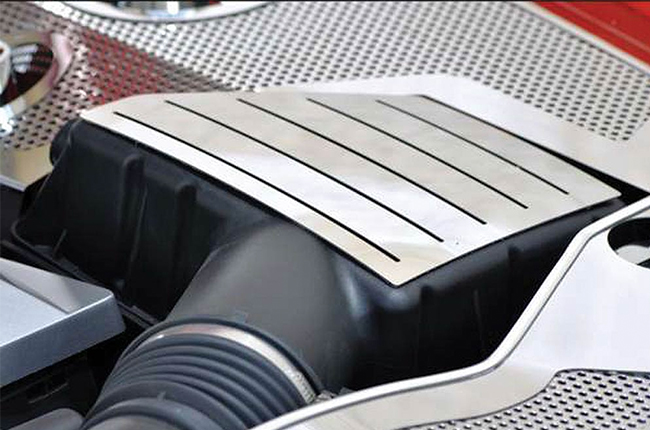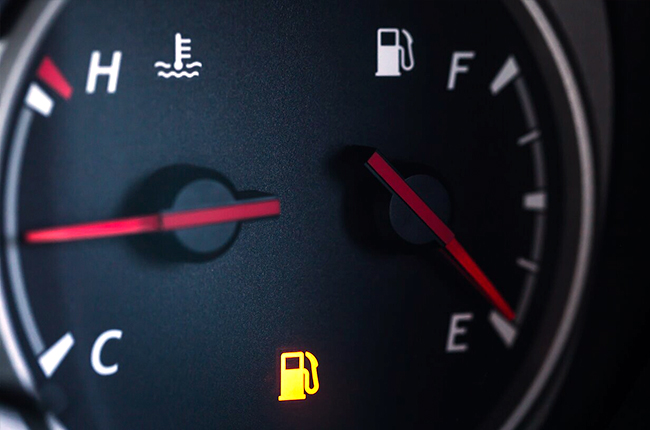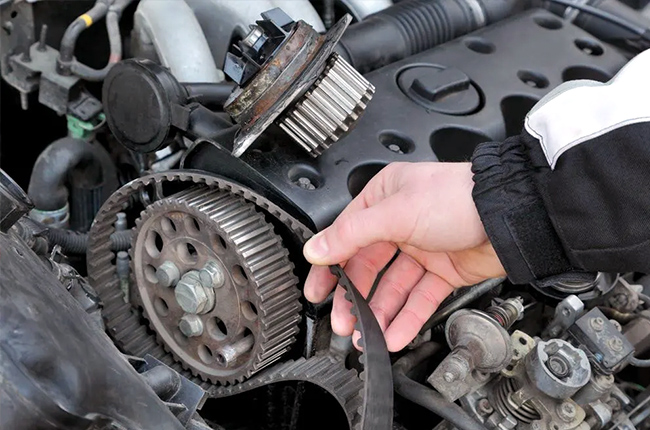
Contents
When your car won’t start, it’s definitely a cause for concern. The engine runs your car’s electricals and it gets it going—obviously. The best thing to do is to identify the cause of the problem then act from there.
Engines are complex machinations and require maintenance. If you skipped a few months’ worths of oil changes or partook in a bit of neglect, here are some things to check in case you find that your motor won’t turn over.
Battery

If you turn the key or push the button and nothing happens, then your battery is dead-flat or dying. A car battery will last about 3 to 5 years, and towards the end of its lifespan, your starter may have a hard time cranking your engine. A telltale sign of a dying battery includes your starter motor working sluggishly or refusing to crank altogether. Leaving a car for a long period of time without starting it will put a drain on your battery. Make sure to start your car regularly so its battery doesn’t go flat.
To fix this problem, either get a pair of jumper cables and another car, a battery booster, or a new battery installed. If you are jump-starting your car, it is important to let the battery charge up for about 5 minutes or less. Afterward, you should be able to start your car, otherwise keep reading.
Starter motor

If you’ve installed a new battery, or jumpstarted your old one, and found that the engine isn’t cranking, then you have a problem with your starter motor and need to replace it or have it repaired. Either the operation of the motor will be very rough or you will find that there is no crank whatsoever.
You will need to bring your car to a shop if that is the case. A trained mechanic should be able to install a starter motor for you no problem.
Air Box

Air is essential in the combustion process of an engine. Open your hood and check for a blockage in the air intake. In most stock cars, it’s usually a black box with piping that feeds air into the intake manifold of the engine. It’s usually off to the side and a box houses the air filter element.
Open up the latches or loosen screws of your intake and check the airbox for any blockages. There is an air filter element which is meant to catch small airborne particulate and prevent them from reaching your engine. If your car has been unmoved for quite some time, there is a chance that perhaps a rat or a mouse has nested in this crevice, resulting in a blockage. Clear it out, change the filter element and you’re good to go.
Fuel

Perhaps you forgot to fill up your car or perhaps the fuel pump isn’t working or one of the injectors is blocked. Either way, we cannot stress how important fuel is to a car. Put some fuel in if you haven’t.
However, it seems unlikely that you’d forget to fill up with fuel, and a little more likely that your vehicle’s fuel pump conked out without telling you. To identify, you must turn the key into the on position. Do not start your car. Listen for a whirring or a high-pitched hum like a small air pump. Your fuel pump will let out a high-pitched sound when it primes and pumps fuel into the fuel lines and subsequently the injectors. If you don’t hear a sound, it could be that the pump has gone bad and needs to be replaced.
You could also have a bad injector. To check this, find your fuel rail and bring out a long flat head screwdriver. Touch the tip of the driver to the injector, and have someone crank the engine for you. If you hear a steady clicking sound, then that means that your injector is good, if not it may be broken or blocked.
Spark plugs

Now that you have air and fuel, it’s time to ignite it. Like a Bic lighter with a flint or a clicker, you need a spark in order to ignite the air-fuel mixture in the combustion chamber. A spark plug will do just that, and without it, your engine won’t turnover. To take out a spark plug, you need to take it out. Luckily, all you need is a socket wrench set with a deep socket attachment.
Undo the wiring of the plugs, and then unscrew the plugs, be sure the plug the hole where your spark plugs reside to keep unwanted debris from entering the engine’s combustion chamber. The first thing that you will likely notice is cracking. Spark plugs have a ceramic jacket that protects the plug from heat. Be careful when checking for this as the ceramic could cut into the skin if you’re not careful. Also, you don’t want to introduce any particles into the combustion chamber.
Next would be to check for fouling. Old plugs usually have a layer of carbon on them, which gets darker over time. You’ll know a plug is bad if the carbon deposit buildup on the tip of the plug is black and not closer to dark brown in color.
Major Components
Now, if everything around the engine is fine, there might be a problem with the engine itself. These jobs will require the hands of a trained professional to check and fix. These kinds of fixes can also get quite expensive as they are very labor-intensive and will take a bit of time to finish.
Compression

When your engine is on its upstroke, meaning the piston is squeezing the air-fuel mixture as tight as it can before igniting, it’s compressing the mixture before the spark is ignited to make the most out of the power made. Over time, an engine could wear to the point that it needs an overhaul. Piston rings wear out after thousands of hours of use, and with improper lubrication.
To check this, bring your car to a mechanic and have them gauge your car’s compression. Without it, the air-fuel mixture goes everywhere as there is no seal that is preventing the leakage. Your engine is pretty vacuum-tight and needs to be in order to run.
Timing

It is uncommon for a modern engine to jump out of its timing since a timing chain is used, and not a timing belt. Older cars will typically run a timing belt, which is made out of some pretty sturdy rubber. Over time, you will find that the rubber will disintegrate and crack, which could lead to it snapping or losing tension.
Without enough tension, your belt could jump a few teeth on your cam gear and throw off the timing of your motor. This is important as the combustion process has to be coordinated in order to keep components like valves and pistons from bumping into each other.
ECU

An engine control unit, otherwise known as an ECU, is responsible for governing the timing and the fueling of your engine. In fact, it’s rare to see a modern car without one since it’s a reliable piece of equipment that allows your car to work in almost any weather. That is unless it’s broken. It could be that a few chips have burnt out over the years or a sudden power surge or fuse failed to protect the component. Either way, a burn ECU will keep a car from running. Either that or the unit needs a reflash in order to run smoothly again. It’s also possible that the wiring weathered or was chewed through by animals over time,
It’s not that common for an ECU to fail given modern car standards, but it’s something that can go wrong with your car regardless.
Latest Features
-
The 6 things every Ford Ranger must pass before it leaves the factory / Featured Article
Every Ford Ranger, from the base model to the Ranger Raptor, goes through a full inspection process before it leaves the factory. This includes six steps that make sure it’s ready to drive a...
-
Which GAC AION EV is best for your everyday lifestyle? / Featured Article
The GAC AION lineup has something for everyone, maybe you're after space, speed, or just a smooth city drive. Here's a quick breakdown of which model might work best for your day-to-day life...
-
The AutoDeal Awards 2024: Celebrating excellence in the auto Industry / Featured Article
The AutoDeal Awards 2024: Celebrating excellence in the auto Industry
Popular Articles
-
Cheapest cars under P700,000 in the Philippines
Jerome Tresvalles · Sep 02, 2024
-
First car or next car, the Ford EcoSport is a tough package to beat
Jun 18, 2021
-
Car Maintenance checklist and guide – here’s everything you need to know
Earl Lee · Jan 12, 2021
-
Most fuel efficient family cars in the Philippines
Bryan Aaron Rivera · Nov 27, 2020
-
2021 Geely Okavango — Everything you need to know
Joey Deriquito · Nov 19, 2020
-
Family cars in the Philippines with the biggest trunks
Sep 20, 2023
-
Head to head: Toyota Rush vs. Suzuki XL7
Joey Deriquito · Oct 28, 2020
-
Why oil changes are important for your car
Earl Lee · Nov 10, 2020
-
2021 Kia Stonic — What you need to know about it
Joey Deriquito · Oct 16, 2020
-
Top 7 tips for buying a used car in the Philippines
Joey Deriquito · Nov 26, 2020




